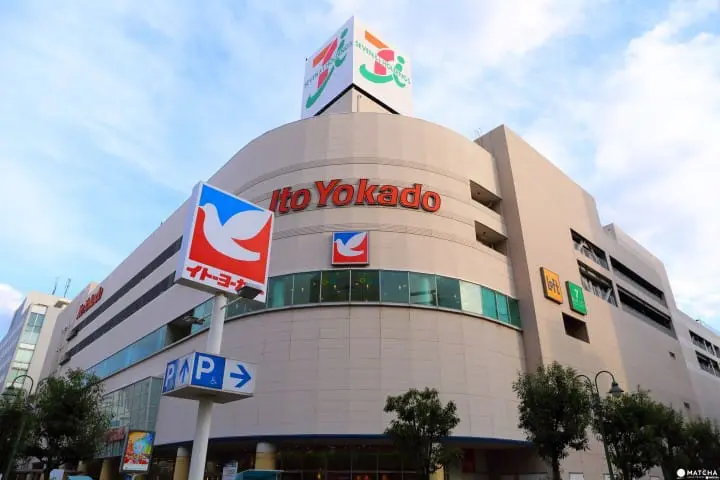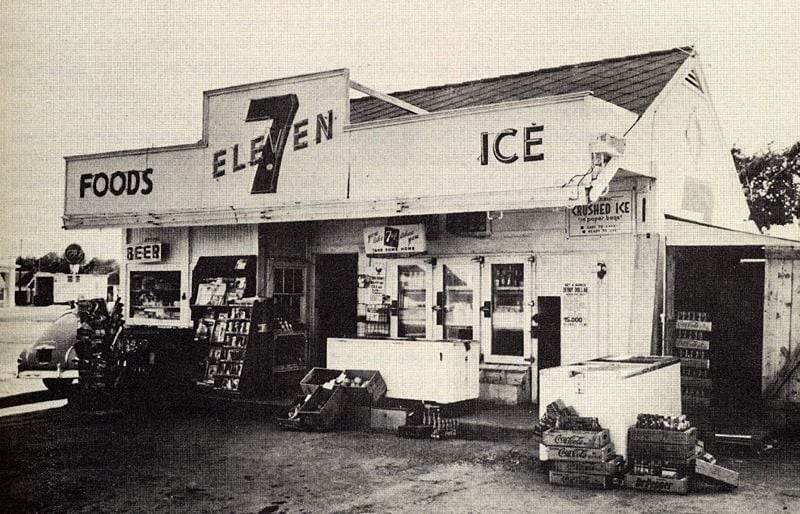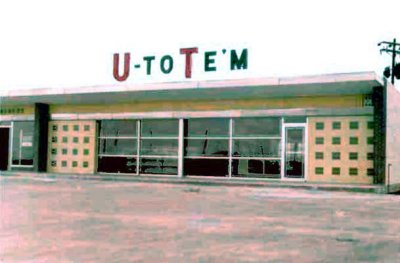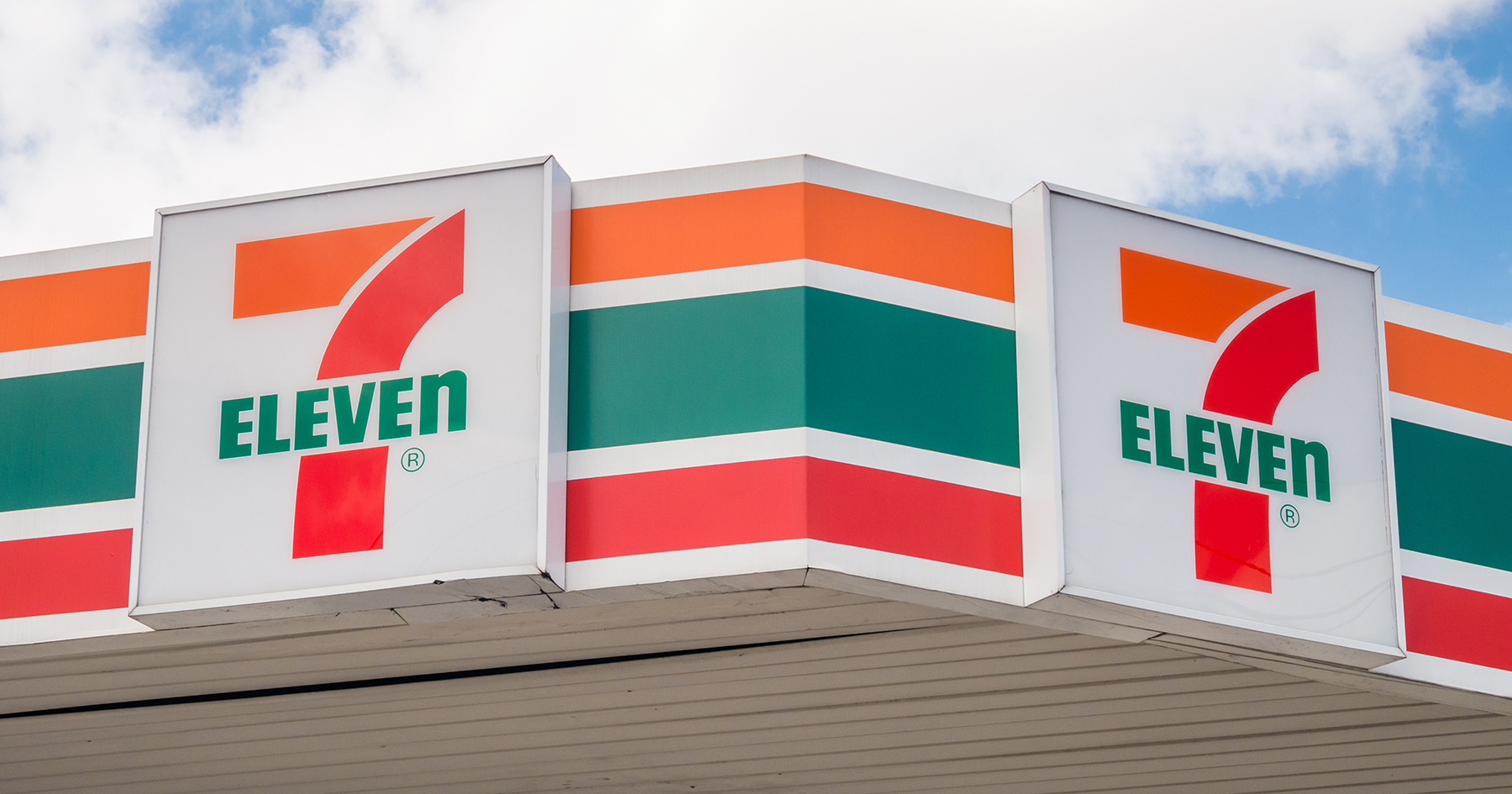7-Eleven, Inc., often referred to as SEI, is a prominent American convenience store chain headquartered in Irving, Texas. Owned by the multinational conglomerate Seven & I Holdings through Seven-Eleven Japan Co., Ltd., 7-Eleven has a rich history dating back to its founding in 1927 when it began as an ice house storefront in Dallas. Originally known as Tote’m Stores from 1928 to 1946, the company has evolved over the years.
A significant turning point occurred in 1991 when Ito-Yokado, a prominent Japanese supermarket chain and the parent company of Seven-Eleven Japan, acquired a substantial 70% stake in 7-Eleven, Inc. This move marked the beginning of a transformative journey for the company.

As of FY2022, 7-Eleven operates, franchises, and licenses an impressive network of 78,541 stores spanning 19 countries and territories worldwide. While globally recognized under the 7-Eleven brand, it operates as 7-Eleven nationally within the United States. However, in specific regions of the U.S., it operates as Speedway, primarily in the Midwest and East Coast, and as Stripes Convenience Stores within the South Central United States. These different brands often coexist in various markets, offering a diverse range of convenience options to customers.
Additionally, 7-Eleven has made strides in expanding its footprint and offerings, such as operating A-Plus locations in collaboration with Energy Transfer Partners. Over time, these stores have transitioned into standard 7-Eleven establishments, reinforcing the brand’s commitment to convenience and customer satisfaction.
Success Story of 7-Eleven
In the landscape of convenience retail, one name shines as a beacon of innovation and customer-centricity: 7-Eleven. This is the captivating success story of a brand that started in 1927 as a humble ice house storefront in Dallas, Texas, and has since evolved into a global phenomenon with over 78,000 stores across 19 countries and territories. Let’s embark on a journey through the remarkable history and success story of 7-Eleven.
Inception and Entrepreneurial Spirit
7-Eleven owes its beginnings to the enterprising spirit of John Jefferson Green, an employee of the Southland Ice Company. In 1927, Green began selling ice from one of the company’s 16 ice house storefronts in Dallas. However, it wasn’t long before he expanded his offerings to include daily essentials such as eggs, milk, and bread. This transformation was made possible with the blessing of Joe C. Thompson Sr., one of Southland’s founding directors.
A Visionary’s Insight
At the heart of 7-Eleven’s genesis was Joe C. Thompson Sr.’s visionary thinking. Thompson foresaw a future where convenience stores could significantly reduce the need for customers to make long journeys for basic groceries. This forward-thinking approach led to the birth of Southland Corporation, which oversaw multiple locations in the Dallas area.

The Totem Pole Marketing Marvel
In 1928, a pivotal moment in 7-Eleven’s history arrived when Jenna Lira, a store manager, brought a totem pole back from Alaska as a souvenir. Placed prominently in front of her store, the totem pole acted as a marketing magnet, drawing the attention of passersby. Recognizing the value of this attention-grabbing technique, the company adopted the practice of placing totem poles in front of every store. This marked the beginning of an Alaska Native-inspired theme that would become synonymous with the brand.
Becoming “Tote’m Stores”
As the totem poles adorned their storefronts, the company decided to adopt a name that reflected their mission of providing convenience to customers. Thus, in the same year, they officially became known as “Tote’m Stores.” The name encapsulated their commitment to helping customers “tote” their essential items home conveniently.

Weathering the Great Depression
The early 1930s brought the Great Depression, a challenging time for many businesses, including 7-Eleven. The company faced financial turmoil, driving it perilously close to bankruptcy. However, the spirit of resilience prevailed as the company restructured and persevered, emerging from this period stronger and more determined.
Bankruptcy and Resurgence
By 1931, the financial strain had become overwhelming, pushing 7-Eleven toward bankruptcy. Yet, through a combination of reorganization and receivership, the company managed to weather the storm. Crucially, W. W. Overton Jr., a Dallas banker, played a pivotal role by selling the company’s bonds at a remarkable seven cents on the dollar. This infusion of funds helped stabilize the company’s finances and led to a change in ownership, placing it under the governance of a board of directors.
The Birth of “7-Eleven”
In a move that would forever change the company’s identity, 7-Eleven decided to mirror its operating hours in its name. In 1946, the franchise officially became “7-Eleven,” reflecting its new business hours, which ran from 7 am to 11 pm – an innovation that set the brand apart in the industry.
Franchising and Rapid Expansion
As the years rolled on, 7-Eleven embraced franchising, marking a significant milestone in its growth journey. In 1963, the company acquired 126 Speedee Mart convenience stores in California, signaling its entry into the franchise business. This strategic move allowed 7-Eleven to expand its reach and bring convenience to more communities across the United States.

Navigating Corporate Challenges
In the late 1980s, Southland Corporation, the parent company of 7-Eleven, faced the looming threat of a corporate takeover. In response, the Thompson family, led by John Philp Thompson Sr., orchestrated a management buyout, taking 7-Eleven private. The process was not without its challenges, including the effects of the 1987 stock market crash. To secure financing, the company even offered a portion of its stock as an inducement to invest in its bonds.
Evolving Ownership and Global Influence
During this period, various assets, including Chief Auto Parts and numerous store locations, were divested to reduce the debt incurred during the buyout. This downsizing resulted in some metropolitan areas losing 7-Eleven stores to competing convenience store operators. In 1990, Southland Corp. filed for a pre-packaged Chapter 11 bankruptcy to facilitate the transfer of control, with 70% of the company falling under the ownership of Japanese affiliate Ito-Yokado.
A New Name and Japanese Ownership
In 1999, a significant change occurred as Southland Corp. officially rebranded itself as 7-Eleven, Inc. This name change reflected the company’s divestment of operations unrelated to the core 7-Eleven business. In 2005, Seven-Eleven Japan made a tender offer, leading to 7-Eleven, Inc. becoming its wholly owned subsidiary. This marked the beginning of a deep-rooted connection between 7-Eleven and Japan.
Expanding Horizons
In 2020, 7-Eleven embarked on a monumental acquisition, purchasing Speedway for $21 billion. This strategic move expanded its footprint and solidified its position as a convenience retail giant. The following year, in 2021, 7-Eleven rolled out a $70 million advertising campaign, its largest investment in years. Directed by Harmony Korine, these commercials highlighted the evolution of 7-Eleven’s store format, emphasizing the quality of their offerings, including restaurant-quality food.
Innovations and Milestones
7-Eleven’s commitment to innovation has been a driving force in its success. In 2010, the brand opened its first “green” store in DeLand, Florida, aligning with the U.S. Green Building Council’s Leadership in Energy and Environmental Design (LEED) standards. This environmentally friendly store not only reduced its ecological footprint but also brought about significant energy cost savings.
Furthermore, 7-Eleven ventured into the realm of mobile apps in 2010 with the launch of the Slurpee drink’s iPhone and Android Application (App). This innovation made it easier for customers to locate 7-Eleven stores and provided driving directions. The following year, 7-Eleven celebrated a significant milestone with the opening of its 40,000th store, a testament to its rapid growth. Within just two years of that achievement, the brand reached the remarkable milestone of 60,000 stores.
A Future of Convenience
As 7-Eleven charts its course for the future, its dedication to redefining convenience for customers remains unwavering. The acquisition of Speedway and ongoing expansions demonstrate the brand’s commitment to making convenience accessible to more people across the globe. With its rich history, culture of innovation, and dedication to customer satisfaction, 7-Eleven continues to shape the future of retail, proving that convenience knows no bounds.
Also Read: The Rise of Microsoft: A Success Story for the Ages
To read more content like this, subscribe to our newsletter



